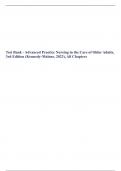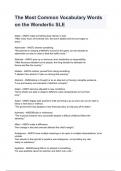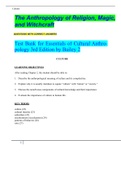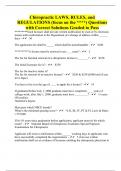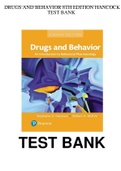Exam (elaborations)
Dental Anthropology and Forensics: Answers to Questions Related to our Past – Review of the Literature
- Course
- Institution
14. Shara EB, Jean-Jacques H. Introduction. In: Dental Perspectives on Human Evolution: State of the Art Research in Dental Paleoanthropology. Dordrecht: Springer, 2007: xxiii-xxviii. 15. Weiss E. Paleopathology in perspective: Bone health and disease through time. Lanham: Rowman & Littlef...
[Show more]




